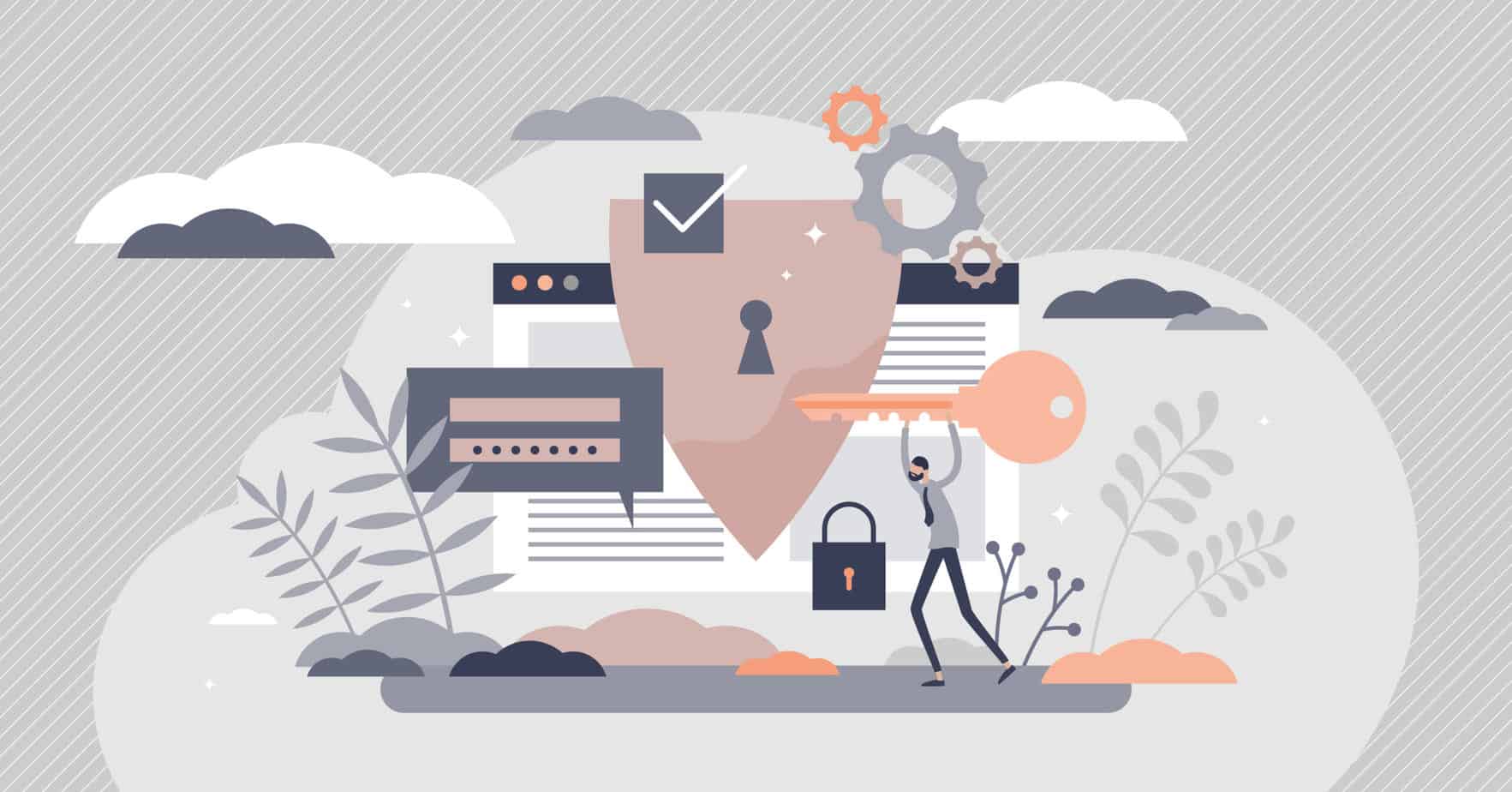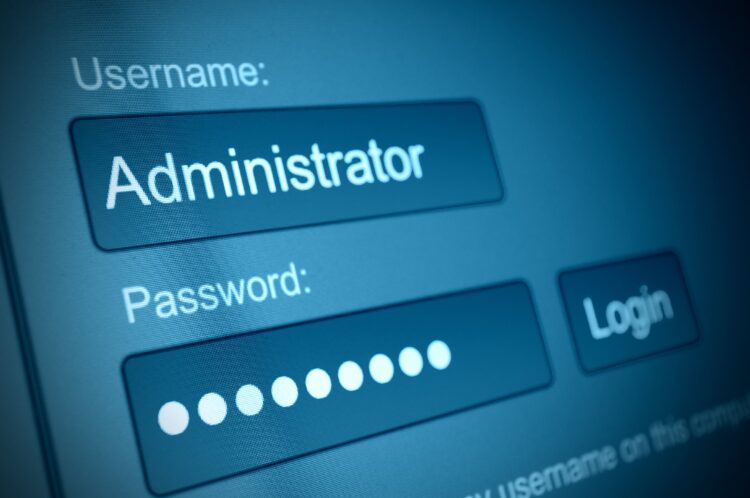
Organizations need to provide their employees with the right data and resources in order to get their job done properly. That said, you want to ensure that they can only access what they need to do their job. And with workforces evolving to a mobile-first strategy and hybrid settings, supporting user access from numerous devices and locations has become more challenging.
This is where a strategic identity and access management comes in.
Understanding Identity And Access Management
Identity and access management, or IAM in short, refers to the framework of corporate processes, policies, and technology solutions that support the management of digital authentication, identification, and authorization within your IT infrastructure.
In short, it ensures that the right individuals and job roles in your business can access the right data and tools they need to do their job—no more, no less.
Importance Of Identity And Access Management
According to BlueFort Security, a reliable provider of cyber security solutions, security is the most important benefit of an IAM. By controlling users’ access, companies can eliminate the risk of identity theft, data breaches, and illegal access to confidential and sensitive information.
A well-placed IAM can also prevent the spread of compromised login credentials, stop unauthorized entry to your business’s network, and ensure protection against hacking, ransomware, and other kinds of cyber-attacks.
With the right solutions and technology, IAM can also ensure business productivity and frictionless functioning of employees and digital systems. It allows employees to access corporate systems, regardless of their time, location, and device, enhancing user experience.
The right IAM systems can also improve business productivity by automating numerous critical aspects of managing identifies, authorization, and authentication.
IAM also helps in ensuring business compliance. Implementing a reliable IAM system allows businesses to quickly meet the requirements of industry regulations such as GDPR and HIPAA.
How Does An IAM Solution Work?
An IAM system is designed to perform three key tasks:
- Identify
- Authenticate
- Authorize
The core IAM components include:
- A database of users’ identities and access privileges
- IAM tools for monitoring, creating, deleting, and modifying access privileges
- A system for monitoring and auditing login and access history
An administrator will create user accounts and access privileges. When a user tries to access business resources and data, the system confirms that the user, hardware, or software is who or what they say they are by authenticating their credentials against the database.
The system will grant only the right level of access and prevent access to non-eligible users. To further ensure security, a reliable system will also provide a recording of login and access history for future auditing. It can generate reports on actions taken on the platform, for instance, login date and time and the systems accessed, to assess security risks and ensure compliance.
Types Of User Authentication
The key task of an IAM system is to authenticate a user. The most basic authentication is a username and password. However, modern authentication solutions now provide more sophisticated approaches to enhance security.
-
Single Sign-On (SSO)
This type of authentication increases productivity and reduces user friction. With a single set of login credentials entered one time, a user can access multiple applications and software solutions and allow seamless switching without remembering different passwords and signing in to each one.
-
Multifactor Authentication
Multifactor authentication adds another layer of security. In addition to a username and password, it requires the user to present another identifying credential to gain access to applications or data.
For instance, you might be asked to enter a password and a one-time password (OTP) or code sent via text message or email.
-
Biometric Authentication
Often used as one of the credentials for MFA, biometric authentication relies on the unique biological trait of a user such as a retina, fingerprint, face, or voice to verify their identity.
Although biometrics provide secure authentication, they require additional hardware such as a biometric scanner or reader and processing technology.
-
Risk-Based Authentication
Risk-based authentication or adaptive authentication prompts the user for MFA only when it detects the presence of higher risk. For instance, the system will ask for different credentials when the user’s location is different from what’s expected, based on their IP address or if malware is detected.
Takeaway
And there you have it! As you can see, a robust identity and access management process is a critical asset for businesses. It ensures that a user has the right level of access to your data and systems, strengthening your business security and ensuring overall productivity.



